Im trying port my app to iOS7, but my custom TableViewController is showing the last row (cell) under the TabBar :(
Im searching a lot for it, but i dont find any solution. Can anyone help me?
The error is shown in the blow screenshot (only is showing a part of last product because im draging to up to show the hidden product under the tabbar):

Thanks.
